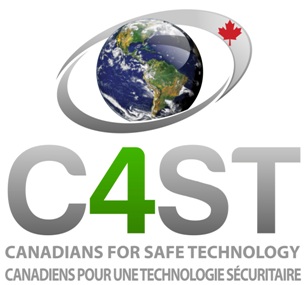How will Health Canada deal with RSC Review and Canadians?
- 0 Comments
Canada’s Royal Society (equivalent to the US’ National Academies of Science) has just completed an evaluation of the county’s safety standards for wireless devices like Wi-Fi and cellphones. The review, done at the behest of Health Canada, concludes that the existing standards appear sufficient, and there’s no clear evidence of any risks posed by lower exposure. But the repport suggests that the government has done a poor job of explaining why it’s adopted the standards it has.
Parents who have called for Wi-Fi bans in schools will no doubt be disappointed, as will those who claim to be sensitive to wireless signals. The report noted that studies have indicated that, whatever’s bothering these people, it’s unlikely to be Wi-Fi or cell phones.
The report also points out that existing standards are based on two types of risk. Sufficiently strong electromagnetic fields can lead to shocks or can activate nerves, leading to a tingling sensation. Other types of electromagnetic radiation used to send signals wirelessly can also cause a general heating of water, and thus biological tissue.
But the safety standards already handle these; even the highest levels of permissible exposure cause a warming “equivalent to the thermal load from very slight physical activity.” The panel also looked for any other “established adverse health effects,” defined as “observed consistently in several studies with strong methodology.” It didn’t find any. It did find a variety of suggestive studies, including some focused on cancer, but the results have never been consistent. It also looked for cellular responses to this form of radiation, but again the researchers came up empty: “In general, these reported low-level effects are often not consistent across similar studies and have no clear implications with respect to human health.”
The report advises Health Canada to continue to monitor the latest papers, but in the end, the existing guidelines are likely to be sufficient.
As for people who claim that they’re distinctively sensitive to exposures of this sort, “extensive research has failed to clearly link a person’s symptoms with actual exposure to RF (radiofrequency) energy.” Health Canada should study these individuals, the report suggests, to find out what is actually causing their symptoms.
The authors of the report also urge Health Canada to engage in a more aggressive public relations campaign, explaining the scientific basis for its safety standards to the public, and providing them with advice on how to limit exposure if they’re still not convinced.
Unfortunately, this isn’t likely to work. The science behind the standards has been unchanged for years and isn’t hard to find. Yet a variety of attempts have been made to block Wi-Fi use in Canada, despite the lack of evidence to support them. That’s because (ironically) evidence indicates that we base many risk evaluations on emotional reactions and cultural affinities rather evidence. And, if someone has already become convinced that cell phones are dangerous, they’ll simply interpret Health Canada’s advice on limiting exposure as evidence that they’re correct.
Convincing the public that the safety standards are, well, safe, will require a carefully planned and orchestrated campaign. And it’s not at all clear whether that would be a good use of Health Canada’s resources.
